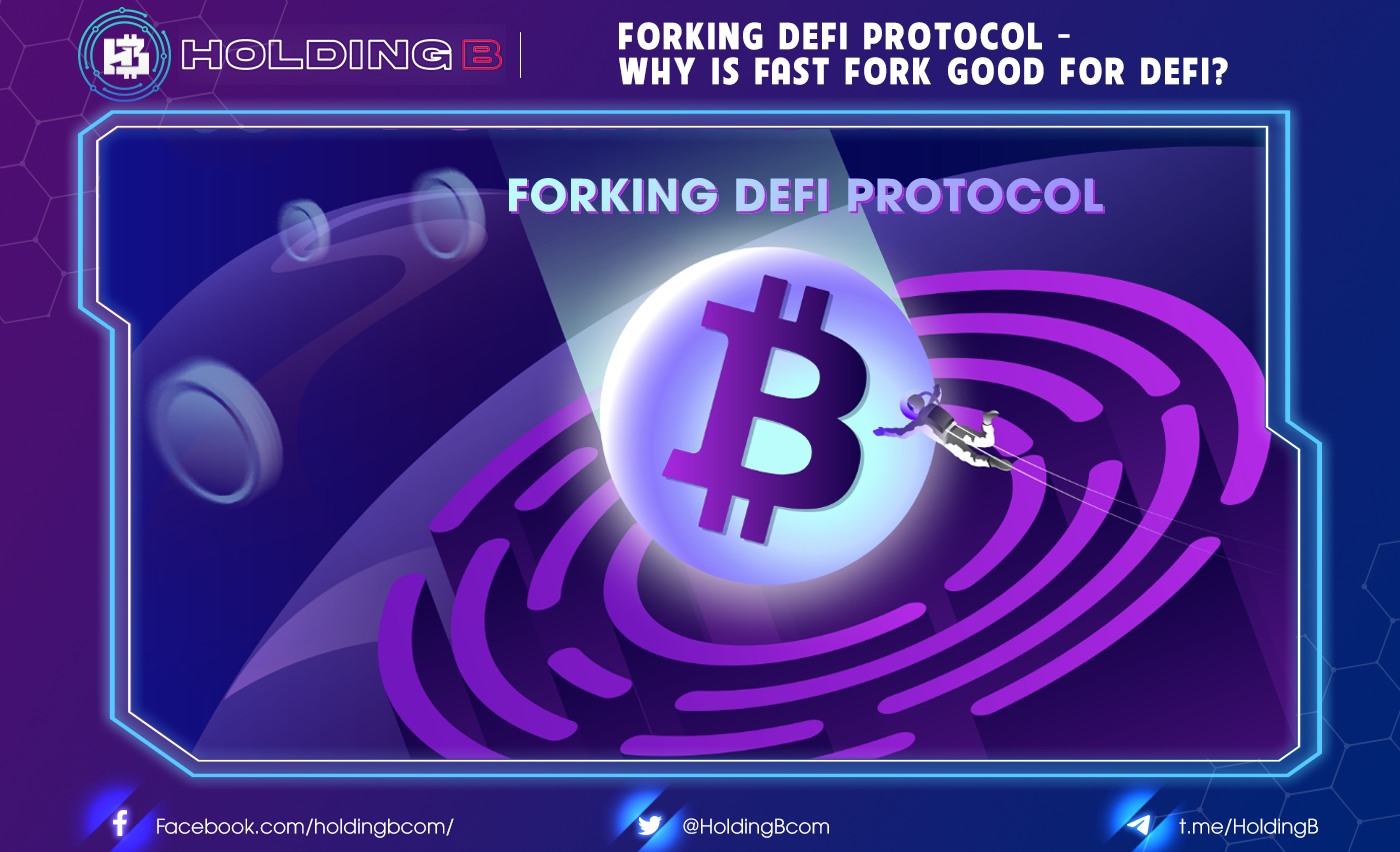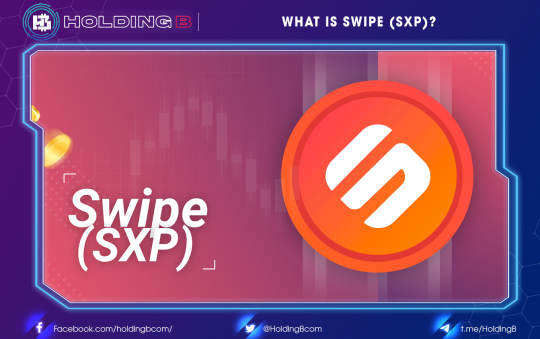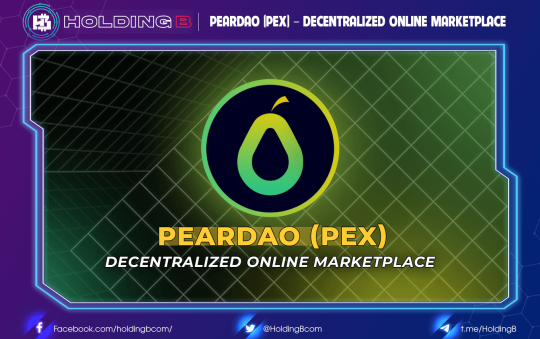DeFi Forks: Most Fail, Some Survive
In the past two months, hundreds or even thousands of DeFi projects have been launched through forking successful DeFi Protocols. But as a result, most DeFi Forks projects will fail, disappear, scam… Etc. Why?
There are three main reasons why DeFi Fork projects will fail:
- Unique Selling Point
- Team
- Network Effects.
Unique Selling Point (Weak)
In business, to win the competition, your product needs to have something different than the competition.
In DeFi it too, DeFi Forks projects have only one difference from the original Protocol: “Fair Launch”.
Fair launch is a term that refers to distribution tokens that are 100% distributed to the community, no pre-mine, no VC money, no token sale.
However, in my opinion, this USP is not strong enough for DeFi Forks to be able to defeat the original Protocol, although that can create early traction, pulling the user file using the protocol in the first place.
But in the long run, DeFi Forks need to create differentiated value from the original protocol.
Team (No Trust)
To create differentiated value, the team needs to understand the financial industry, understand the current market, have a vision for the future what will evolve, what is not.
But in fact, the DeFi Forks projects were built by an anonymous team, with little information about their background.
For that reason, people come to DeFi Fork just because of quick money, no need to use the product and do not really believe that the project can develop in the future.
Network Effects (Not Completed)
“You can fork the code, but you can’t fork the network”
In essence, DeFi Forks projects will be technically equivalent (code) but will be less functional than the original protocol.
Code can be fork, but networks can’t. The network here includes users, community, partners, developers… All activities create value and affect each other.
DeFi Fork projects lack many links in flywheels to create network effects from which it is difficult to create long-term value.
Example: SushiSwap Fork comes out from Uniswap with the difference of having token governance and fair launch through the liquidity mining program.
You can clearly see, Sushi’s Network Effects in the beginning is far behind Uniswap:

Meanwhile, Flywheel creates Uniswap’s network effects that are much more complete.

Why Is Fast Fork Good for DeFi?
For the project
Projects made about DeFi always have to be mentally prepared that they will be forked at any time. This causes the project to prepare development strategies, go-to-market thoroughly before implementing.
For retail investors
After many purchases of farming tokens and losses, they began to realize that they needed to invest in a project that solved the necessary problems in the ecosystem, not run after high-yields, or quick money.
This will create a generation of investors of higher quality, with higher standards with projects.
For VCs
It will be difficult for VCs who do not contribute to the development of the ecosystem to invest in the DeFi project, because the community will not accept that.
Conclude
The issue of fast forking should be accepted as an obvious thing for open-source projects, thereby developing a strategy to combat this forking problem. The result will create projects with the strongest networks, causing the ecosystem to go up.
See ya in the next article !
Don’t forget to follow useful articles about Crypto Market from team Holding B !!!
- Telegram Channel: https://t.me/HoldingBcom
- Telegram Group: https://t.me/HoldingB
- Website: https://holdingb.com/
- Twitter: https://twitter.com/HoldingBcom
- Facebook: https://www.facebook.com/holdingbcom





